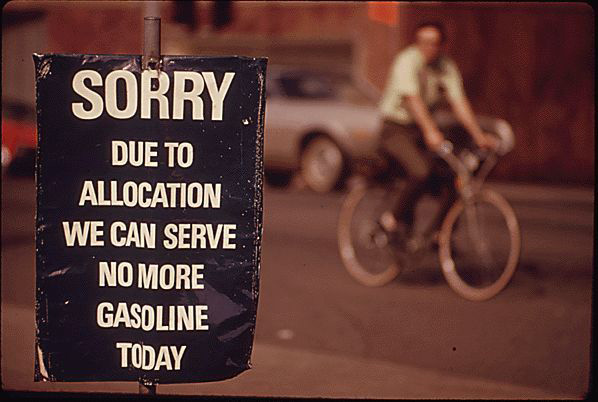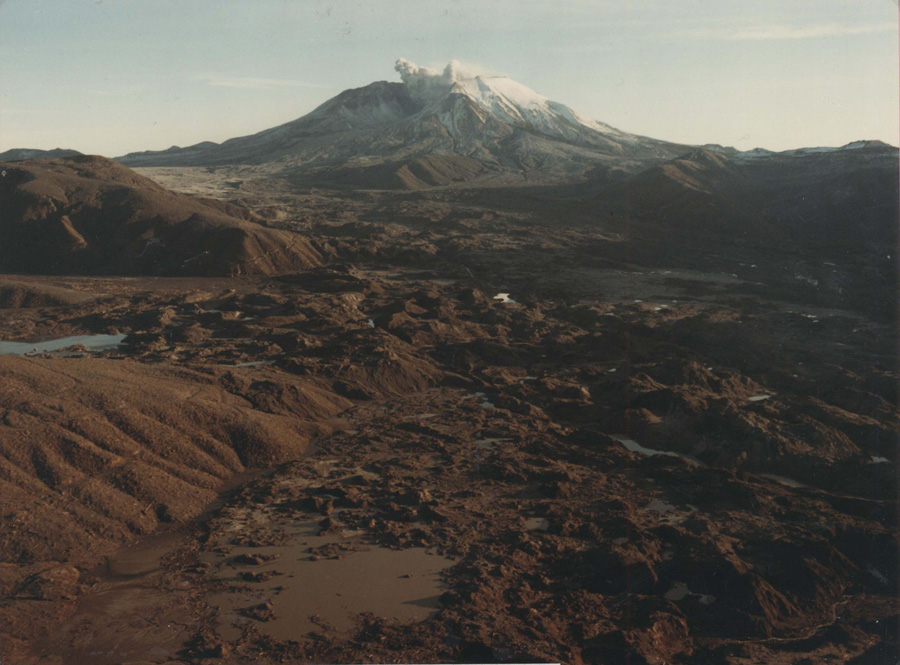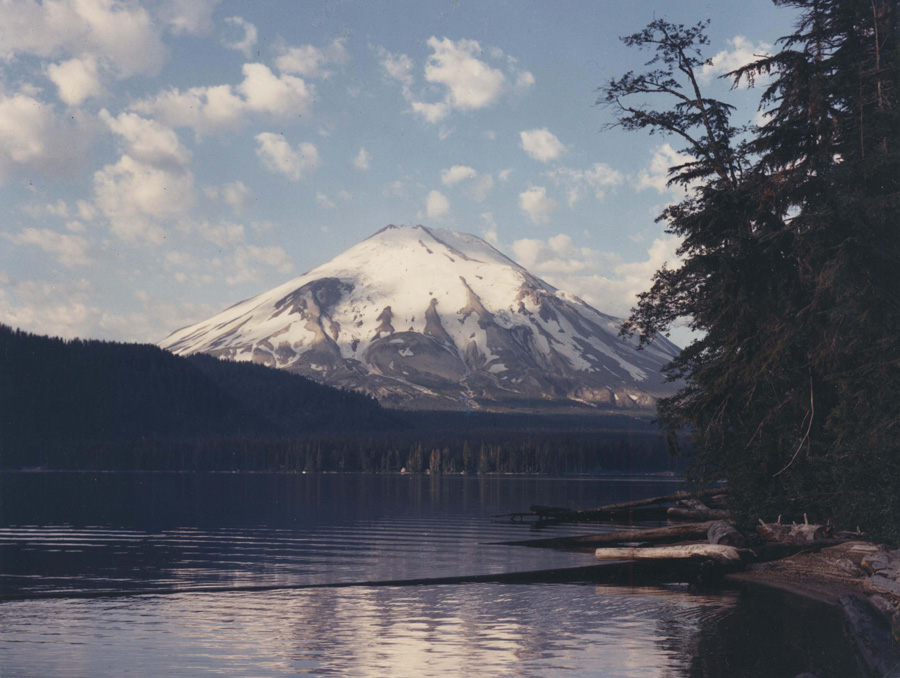
Century's End
The optimism of the 1950s and early 1960s gave way to social unrest fueled by the war in Vietnam and the struggle for civil rights. By the mid-1970s, an energy embargo caused gasoline shortages, and the Watergate scandal resulted in a Presidential resignation that shook the country further. In the Pacific Northwest, a natural explosion shook the region with the May 18, 1980 eruption of Mount St. Helens. Ash and dust blanketed vast areas of the region as thirteen hundred feet from the top of the mountain was destroyed in the explosion. Fifty-seven people were killed and mud flows destroyed roads and bridges.
Toward the end of the century, the economy of the Pacific Northwest experienced more diversification as high tech and bio tech industries developed in the major population areas of Seattle, Portland, and Boise. While the economy was no longer dependent on logging and fishing, the environmental impacts of these industries increasingly became the focus Federal agency programs. Balancing the needs of business and government while preserving the natural beauty of the region is a challenge the citizens will face long into the 21st century.




